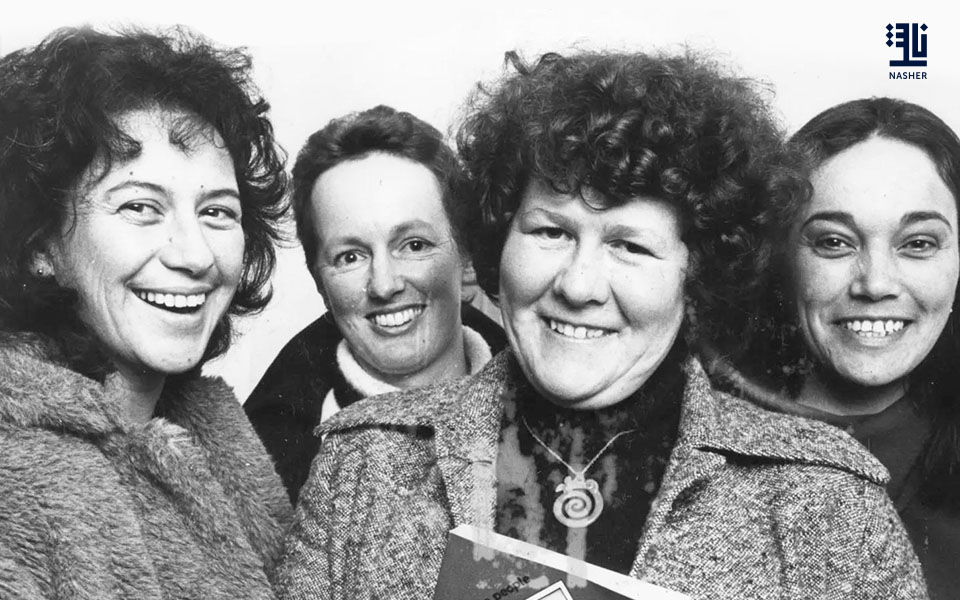Keri Hulme, the New Zealander whose 1984 novel The Bone People won the Man Booker Prize, has died aged 74.
Family members confirmed Hulme died Monday morning at Waimate on New Zealand’s South Island. They did not specify a cause.
Born in Christchurch in 1947 to a mother of Māori and Scottish ancestry and a father of English descent, Hulme was the eldest of six children. Hulme worked as a tobacco picker, dropped out of law school and was a charity worker before becoming an unusual literary star when The Bone People, her first novel, won one of fiction’s greatest prizes.
The Bone People which drew on her indigenous Maori and Scottish heritage, weaving themes of personal and cultural isolation and it took Hulme 12 years to write, but New Zealand publishers either rejected it outright or demanded major edits. Hulme declared she would rather have the book “embalmed in Perspex” than reworked. In 1984 it was picked up by Spiral, a small feminist press, which gave it an initial print run of 2,000 copies. It has since sold more than a million copies and won the Pegasus prize for literature as well as the Booker.
In 1985, Hulme was so unconvinced of her chances of winning the Booker prize she didn’t attend the awards ceremony in London.
The novel explores the relationships between three characters: reclusive painter Kerewin Holmes, alcoholic widower Joe Gillayley, and his young mute foster son, Simon.
It won the 1984 New Zealand Book award for fiction, the Pegasus prize for Māori literature, and in 1985 the ultimate accolade – the Booker Prize in Britain.
The Booker website describes the book as focusing on the “mysterious relationships between three unorthodox outsiders of mixed Māori and European heritage”.
In addition to the Booker, various of Hulme’s works were honoured with the Katherine Mansfield Memorial award, for a short story in 1975, the Māori Trust Fund prize in 1978, the New Zealand writing bursary in 1984, and the Chianti Ruffino Antico Fattor award in 1987.
Other than The Bone People, Hulme wrote Homeplaces, Strand, Te Kaihau/The Windeater, and The Silences Between (Moeraki conversations).
She was also an accomplished painter and exhibited at group shows in the early 1980s.







